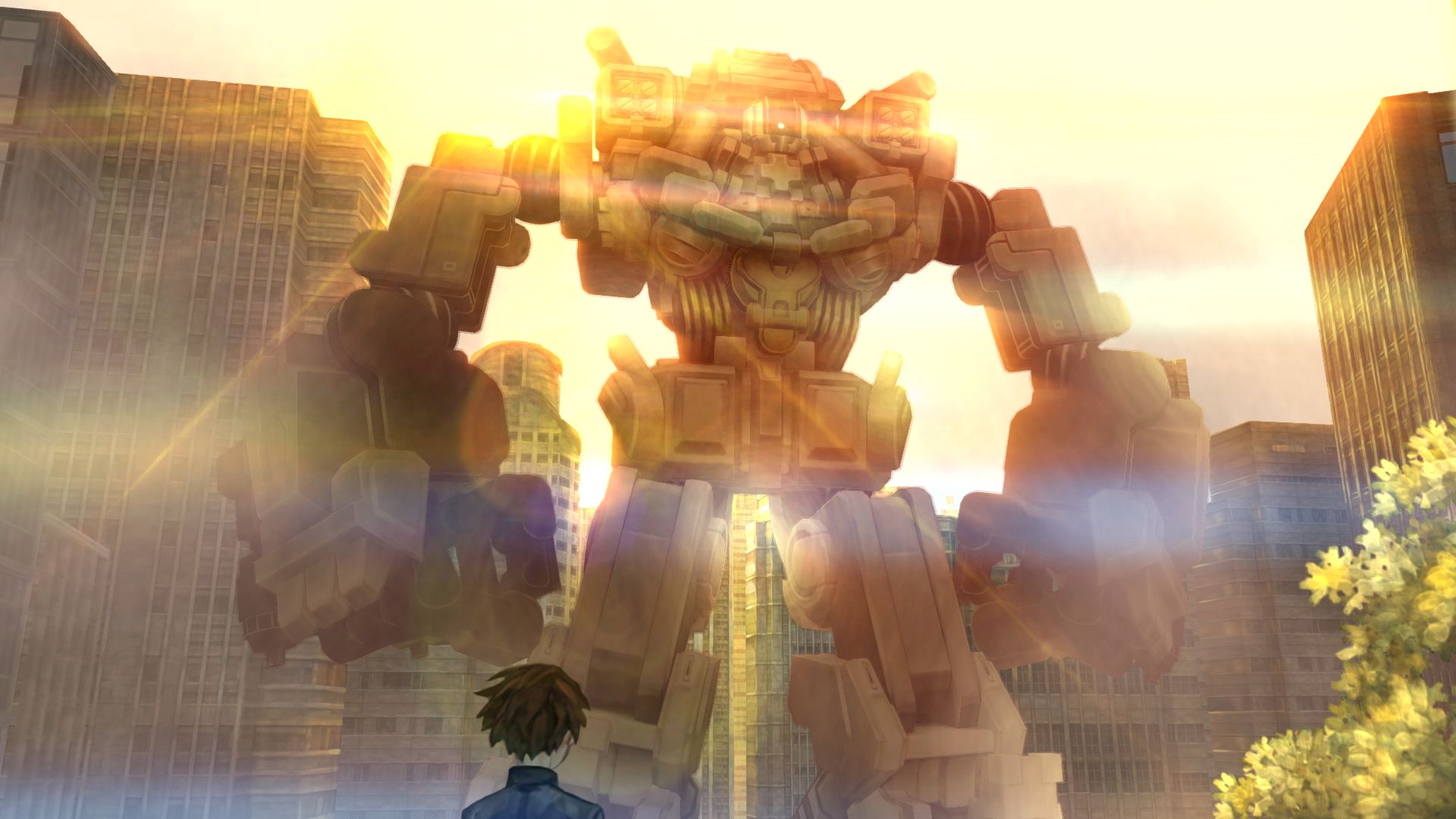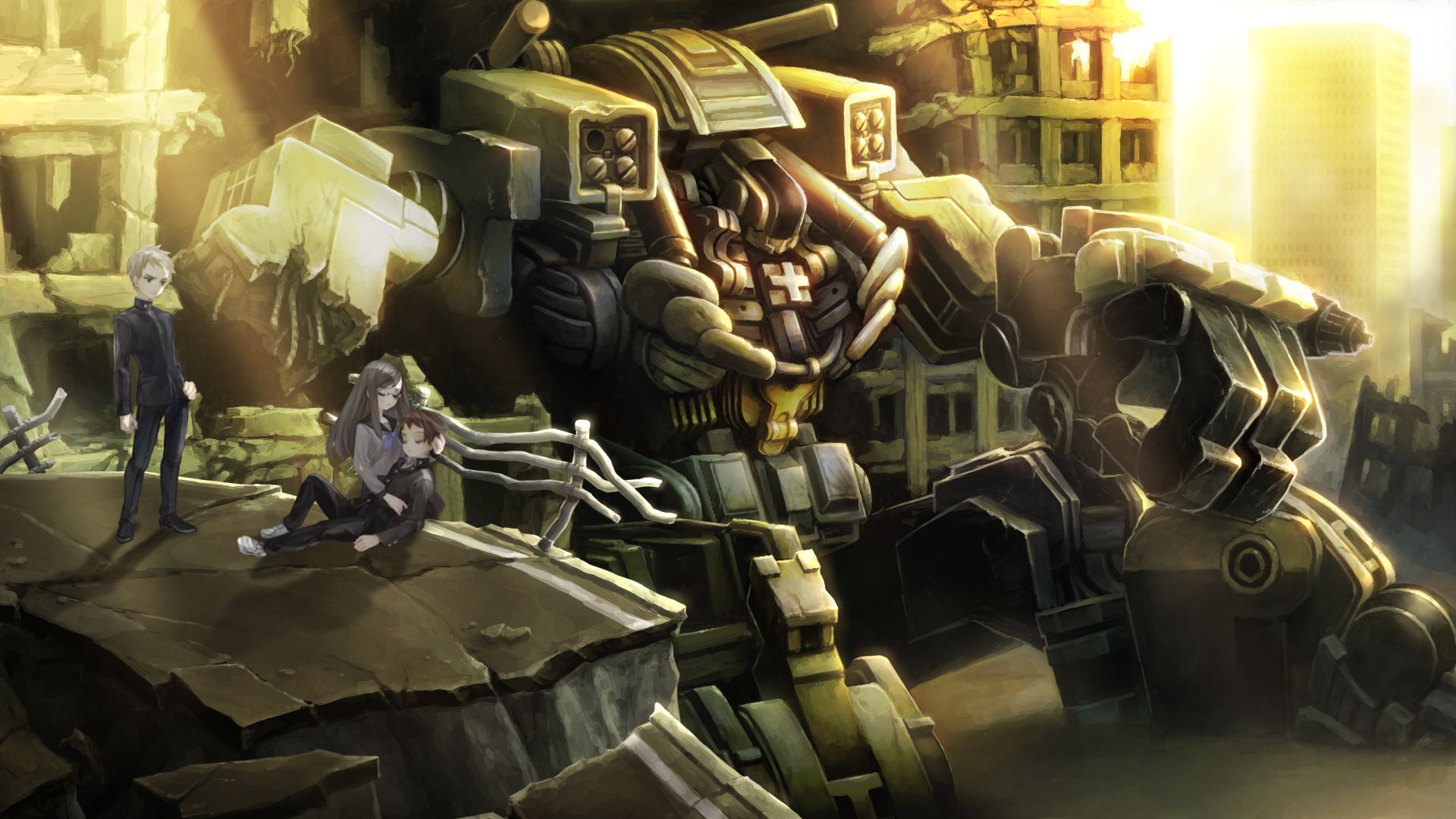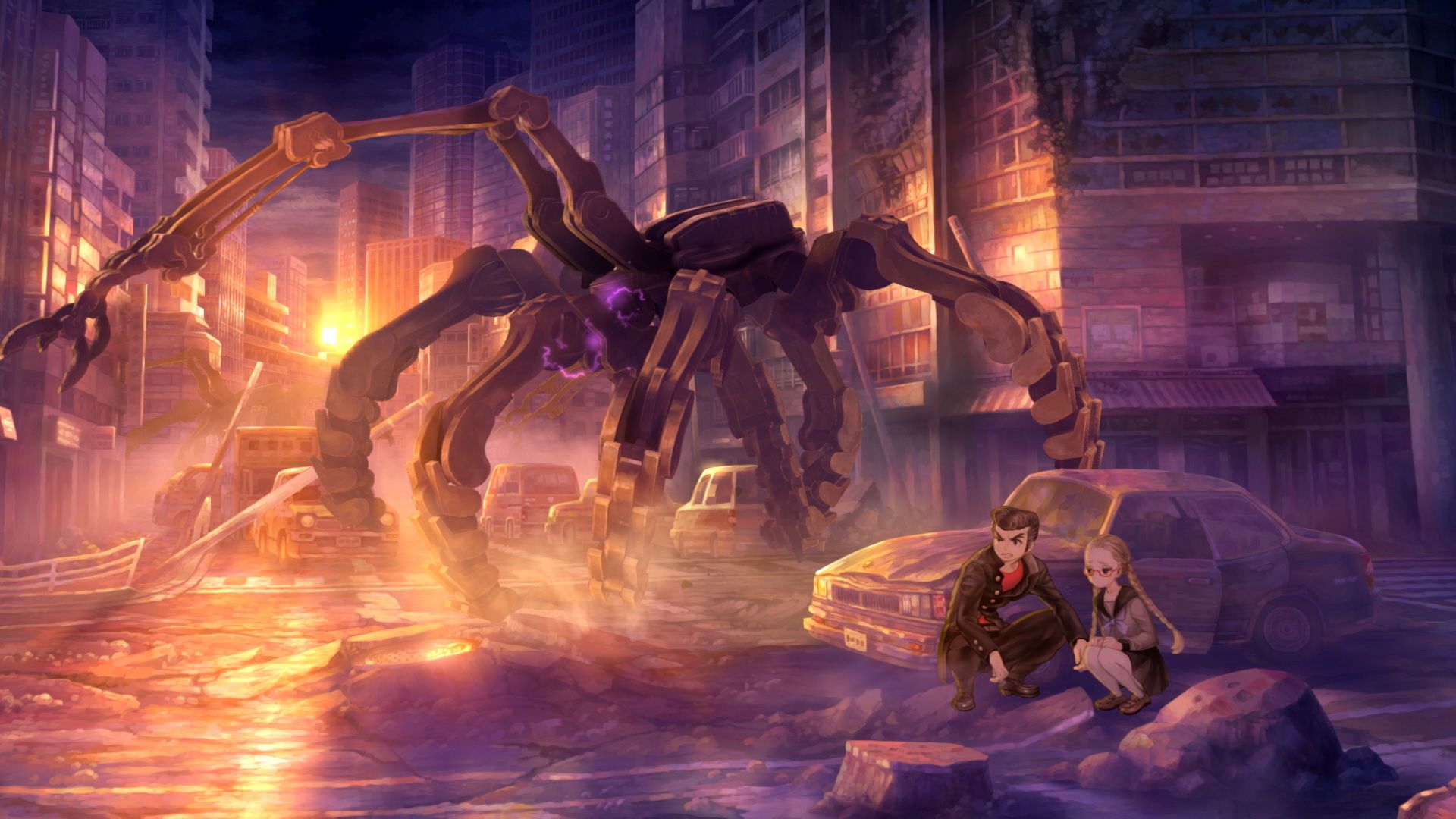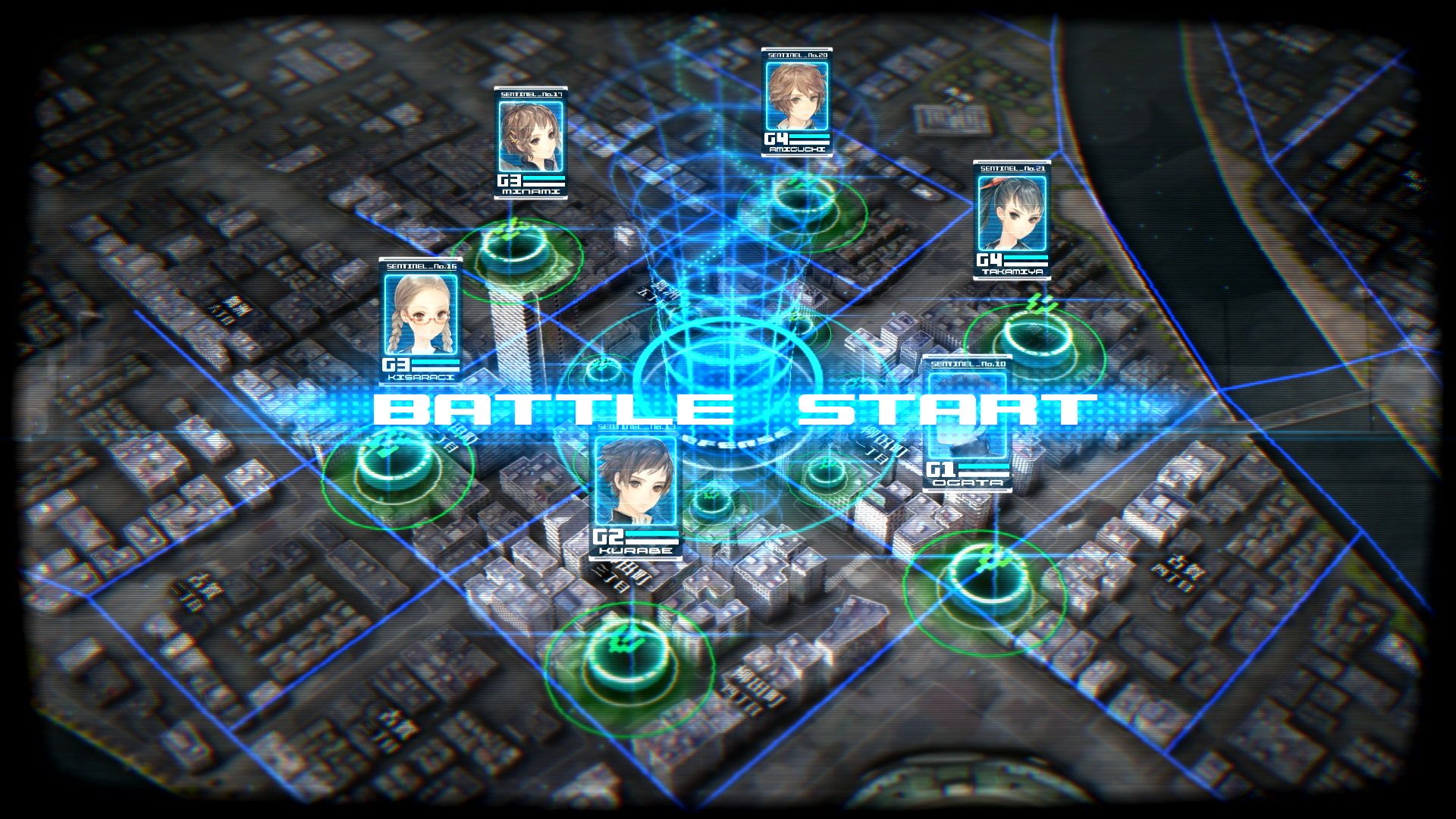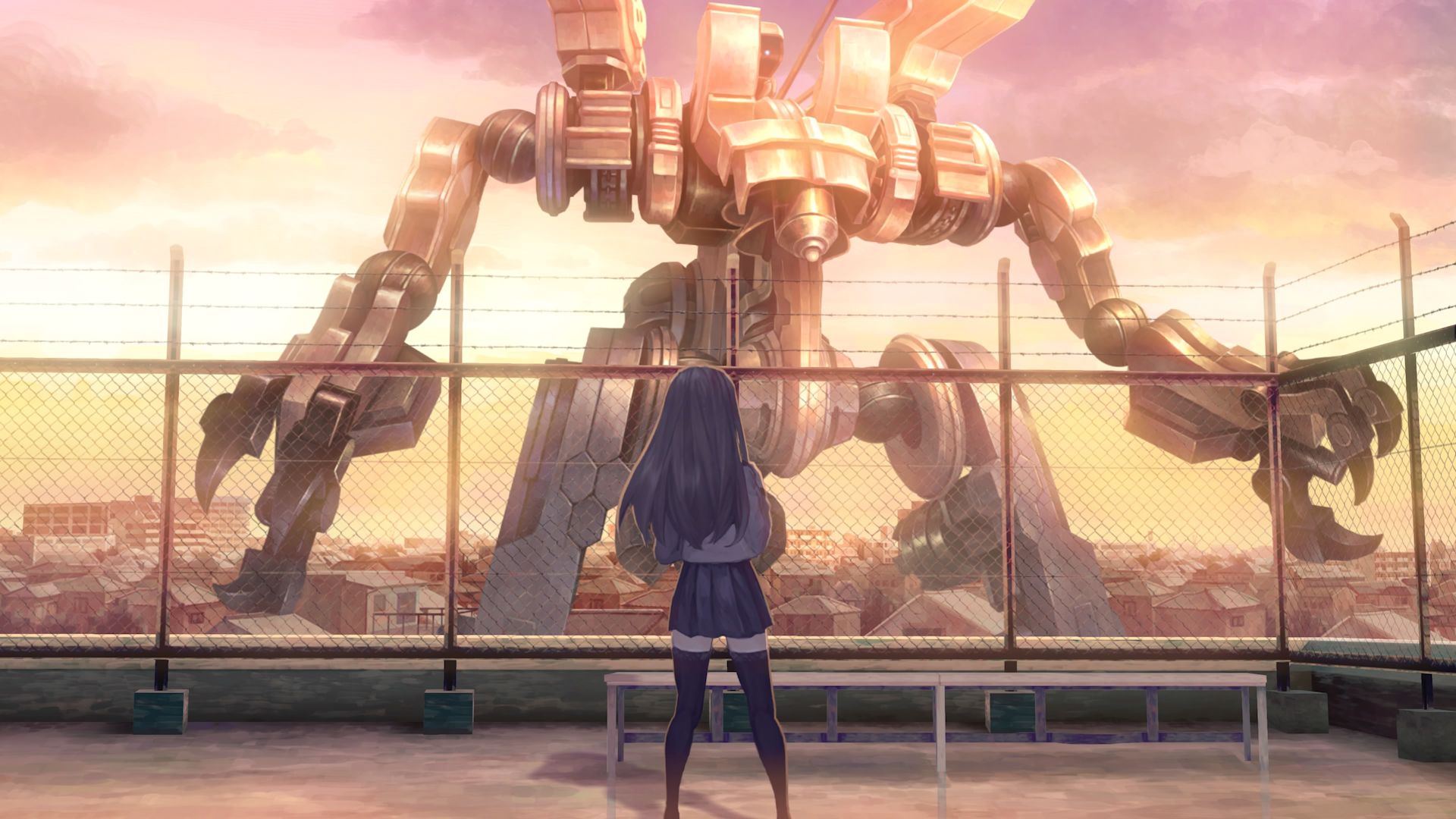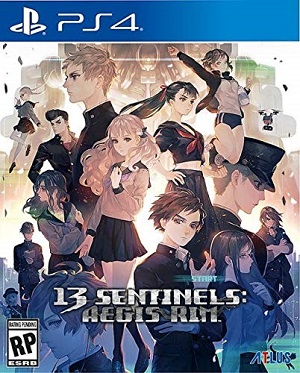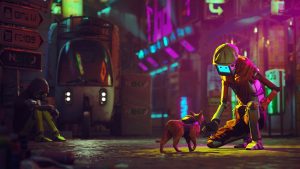
2020, despite all of its delays and other issues, was quite the hyped year. Even without all of the acquisitions and next-gen console launches, it offered some seriously big releases like The Last of Us Part 2, Ghost of Tsushima, Demon’s Souls, Animal Crossing: New Horizons and so on and so forth. Of course, it also saw the release of some stellar indie games like Streets of Rage 4, Spelunky 2, Ori and the Will of the Wisps, Hades and The Pathless. Among all of these titles were a number of under-appreciated and underrated games that didn’t quite have the same impact.
It’d be hyperbole to say that one of these games is more deserving of sales and awards than the other. But given the amount of development time, the scale, the artistry and the quality that it possesses, it is baffling to see 13 Sentinels: Aegis Rim being so under-appreciated. Slated to release in 2018 for PlayStation Vita and PS4 in Japan, its handheld version would eventually be canceled. The PS4 release was subsequently shifted to 2019 and it launched in November that year. It would then release worldwide in September 2020, fully localized and with English voice acting.
A quick peek at Metacritic reveals a healthy 85 out of 100 score with 69 critic reviews in total. However, in its first week at retail in Japan, it only sold 34,200 units. Things would improve slightly in January 2020 when it reached 100,000 digital and physical units sold. In Japan, it earned a few awards, from Best Scenario and Best Adventure Game in the Famitsu Dengeki Awards 2019 to the Grand Prize in the Japan Otaku Awards 2019.
However, it’s the praise that came from other developers in Japan that’s most noteworthy. Super Smash Bros. series creator Masahiro Sakurai praised the game’s unique presentation and said, “There’s never been a work like this before, and I don’t think there will be a continuation, either. If you want to play it, it has to be now! Anyone who wants to write a game scenario should play 13 Sentinels: Aegis Rim.”
NieR series creator Yoko Taro went even further, noting that, “Vanillaware is like a treasure we must all protect, so you should definitely buy 13 Sentinels. Even just one more copy sold can make a difference. I usually don’t care about whether a game will sell or not. I don’t even care if Atlus ends up closing down one day. But I definitely don’t want Vanillaware to disappear. Japan needs Vanillaware.”
Atlus reported in June 2020 that the game had already exceeded the company’s sales expectations and it eventually hit 400,000 units sold worldwide by March 2021. Though it received some nominations, including one for “Best Narrative” at The Game Awards 2020, it was mostly ignored in terms of critical awards.
So what is 13 Sentinels: Aegis Rim? What makes it so special to the point that it should have been appreciated a lot more?
The best way to explain the game is to go over its 13 main characters. Yes, all of them because each character is important to the overall whole. Starting in 1985, you play as Kurabe Juro, a mild-mannered high-school boy who has a thing for mecha and kaiju films. However, he also has strange dreams that seemingly take place in the future where he pilots a giant robot called a Sentinel to protect the city against the Deimos.
Then there’s Fuyusaka Iori, a happy-go-lucky girl who’s also having trouble sleeping due to the same strange dreams, not to mention some bizarre memores. She gets caught up with the mysterious Sekigahara Ei, an amnesiac teenager who’s following clues left by himself – and others – to reclaim his memories. Sekigahara also has ties to Shinonome Ryoko, a girl wrapped in bandages who’s also trying to remember her past while looking for “426”, a fugitive that committed atrocities in her future.
In the midst of all this is Natsuno Minami who runs for the track team, believes in UFOs and encounters a strange robot named BJ-011-005 who needs her help. There’s also Keitaro Miura and Takatoshi Hijiyama, two teenagers who came from World War 2-era Japan. While the former is looking for a way to return to his city in the past, the latter is after Tsukasa Okino and attempting to unravel his plans. Ogata Nenji is your usual delinquent – one of the nicer ones, at least – who’s seemingly trapped in a never-ending loop in search of a key. In the meantime, he supports Kisaragi Tomi, a girl from the future who wants to find dirt on Shikishima Industries and ideally return to her time period. Yakushiji Megumi also traveled back in time with Tomi but she’s looking for a way to bring back the memories of Kurabe Juro when he was her beloved Izumi Juro.
You also have Amiguchi Shu, a laid-back but brilliant teen who witnesses strange events, and Takamiya Yuki, Natsuno’s friend and a temporary agent for the Special Investigations Unit. Rounding out the roster is Gouto Renya, the so-called senior who often advises the other characters during battles but also knows a lot about the future. Together, the 13 teens fight, piloting giant Sentinels to stop the Deimos from infiltrating the Aegis and destroying the city they love. Or at least, that’s what it looks like. The Deimos have been traveling throughout time to wipe out humanity but why? What is their greater purpose?
Various other characters support the main cast like Tsukasa Okino, an enigmatic youth who has his own plans; Morimura Chihiro, who seems to be the school nurse but also a secret agent of sorts; Sawatari Miwako who’s good friends with Tomi and Iori; Ida Tetsuya who helms the SIU and is seemingly involved in numerous other schemes; Kyuta Shiba, Juro’s best friend who knows more than he’s letting on; the idol Inaba Miyuki who contacts Shu for help; and the talking cat, Fluffy, that instructs Megumi to hunt down “witches.”
From the outset, you don’t have access to all 13 characters. For that matter, you can’t always play through each character’s story in one go. You’ll play up to a certain point for, say, Juro and then have to switch over to Iori or Megumi. Completing different scenes in their stories will then unlock more characters or subsequent routes for existing characters. For example, you may be locked from progressing Hijiyama’s story until you’ve reached a certain point for Miura or Nenji. At first, it seems like 13 Sentinels is bouncing you back and forth between different perspectives and timelines. Sometimes you’ll view video logs that are from the far, far future. Some memories may not always be what they seem – the unreliable narrator or two are very much a part of the greater plot.
However, as you make progress, things slowly start to fall into a place and a rough timeline begins to form. In the 15th hour or so of playtime, you start to connect incidents from hour one or two. The game’s battle segments – classified under the “Destruction” tab – are what all of the different events are leading up to. It’s all about that so-called final battle and its consequences.
It’s to the game’s credit that a comprehensive timeline of all events is provided along with timelines for each character’s story. Whenever you feel lost, simply look up the Event Archive to find your place. There’s also the Mystery Files which provide details on pretty much every aspect of the game, from its various food items to different Sentinel weapons and supporting characters.
13 Sentinels has a lot to say about humanity and the poignancy of some of those questions weighs heavily. Characters aren’t just being asked to save the world – they’re fighting to reconcile their desires with their true purposes in life. That everyone has their own inner conflict that they’re constantly trying to fight with is a given but for some, it’s also about holding on to that one thing that makes them truly human. While humans are capable of suspicion, distrust and even murder, they can love, forge lifelong bonds and determine the future of their species. It may sound a bit wishy-washy but those are just the broad strokes – how the story deftly intertwines them across various eras, backgrounds and perspectives in a nuanced fashion is its true strength.
Of course, it’s not just how the narrative unfolds but how it’s presented that’s also amazing. When indulging in the “Remembrance” mode and experiencing each character’s events leading up to the final battle, you’re doing little more than walking around, selecting choices from the Thought Cloud to either contemplate or pose to different characters, and partaking in hundreds of different conversations. The game does manage to break this up in unique ways – some “days” have you making different choices to open up potential new insights and flashbacks or advance the plot. Like a visual novel, you’ll often need to experience certain branches beforehand to go back and use their key words to unlock new choices.
But each scene for each main character is laid out in an incredibly deft fashion. The pacing feels on par with an anime episode and always offers something interesting. At times, they could also lead to memorable character moments. The writing is spot-on throughout, striking an excellent balance between naturally sounding dialogue and exposition without wasting any time. And just when you think you’ve understood how these scenes play out, subtle curve balls are thrown your way, whether it’s Natsuno’s trips through time, the mystery of Ei’s identity and past, Hijiyama’s developing relationship with Okino, the uneasy partnership between Fluffy and Megumi, or Nenji’s looping. It’s an addictive page-turner that plays out like an extensive anime series.
You already have this feeling of exploring this wide universe and cracking open its lore bit by bit but the pacing makes it feel even better. Of course, enough credit can’t be given to the art-style with its gorgeous hand-painted backgrounds and meticulous character models. Each character comes across as familiar but distinctive, and their facial expressions help sell their emotions all the more. The voice acting, both in English and Japanese, further aids this while the music just feels perfect for each situation. From the mysterious haunting main menu music to the battle themes, this is a tour de force for Hitoshi Sakimoto and Basicape.
Interestingly, while many have pointed to the strategy battles as being a weak link in the overall game, I found them to be thoroughly enjoyable. They start out fairly slow as you learn the ropes – different Sentinels belong to different Generations, which means some are more suited to close combat brawling while others are excellent for long range combat or taking out crowds of weakers foes. But the options open up significantly over time.
You could have a gen 1 Sentinel that specializes in slicing opponents down with the Demolisher Blade while standing ground with Defense Mode and another that’s dedicated to deploying EMPs and anti-air defensive flares. A gen 2 Sentinel could be focused on softening foes up with Jammer Rockets before going in with Heavy Knuckles or the Plasma Arc Fusion Cutter while another is dedicated to deploying sentry guns and shield emitters. Each Sentinel can unlock new skills and be upgraded in one of five stats while each pilot has their own set of skills that are unlocked as they level up.
Enemy variety is also on point, seemingly adapting to the different upgrades you unlock and encouraging you to really understand where to use each unit (while different objectives will challenge you to bring a limited number of Sentinels, a single generation of Sentinels and so on for extra points to unlock Mystery Files). The gameplay operates via this weird kind of real time with pause system – attacks are instant and once complete, lead to waiting for the Sentinel’s next turn. However, you can also move Sentinels around and interrupt them in real-time to issue commands, which is handy for dodging attacks. The Aegis, which must be protected during all battles, also has its own unique set of skills with limited uses that can turn the tide of battle.
However, perhaps the best part about the battles is how they’re weaved into the story. Characters will reference different event, which you may or may not have experienced yet. Certain moments will see them leaving the battlefield, which is then explored in the story mode. More importantly, these battles provide some great moments for the entire cast to interact with each other. Seeing Nenji, Hijiyama and Ei argue about who’s the toughest while Iori seemingly falls for Yuki can be fun and provide some nice comic relief, even as the end of days seemingly nears.
So from the outset, 13 Sentinels: Aegis Rim sounds like this weird mix of visual novel story-telling combined with real-time strategy tower defense battles. And while each part is fun on its own, their sum results in an infinitely more enjoyable experience. More than anything, the entire package feels like its been crafted with meticulous detail and love. It may not seem to have an enormous budget but it still took six long years to develop. The initial premise was created in 2013 by director/writer George Kamitani and was originally envisioned as a line of toys.
Production wouldn’t properly begin until 2015. Though Kamitani is known more for his character designs, Yukiko Hirai and Emika Kida would handle the art as he tackled the entire scenario by himself – a process that took about three years. A lot of content had to be cut along the way from romance choices to bonding scenes due to time constraints. And this doesn’t even get into all of the battles, which had to be handled by programming lead Kentaro Ohnishi or the sheer amount of voice acting (to say nothing of all the obstacles impacting the English localization).
To say that 13 Sentinels: Aegis Rim is a story that you have to experience is an understatement. In a way, it showcases how creative video games can be, mixing together so many different styles of presentation and narrative to tell an awe-inspiring story. It’s a story that could only really be told in this medium and similar to classics like NieR: Automata or The House in Fata Morgana, it will be worth returning to again and again.
Note: The views expressed in this article are those of the author and do not necessarily represent the views of, and should not be attributed to, GamingBolt as an organization.








